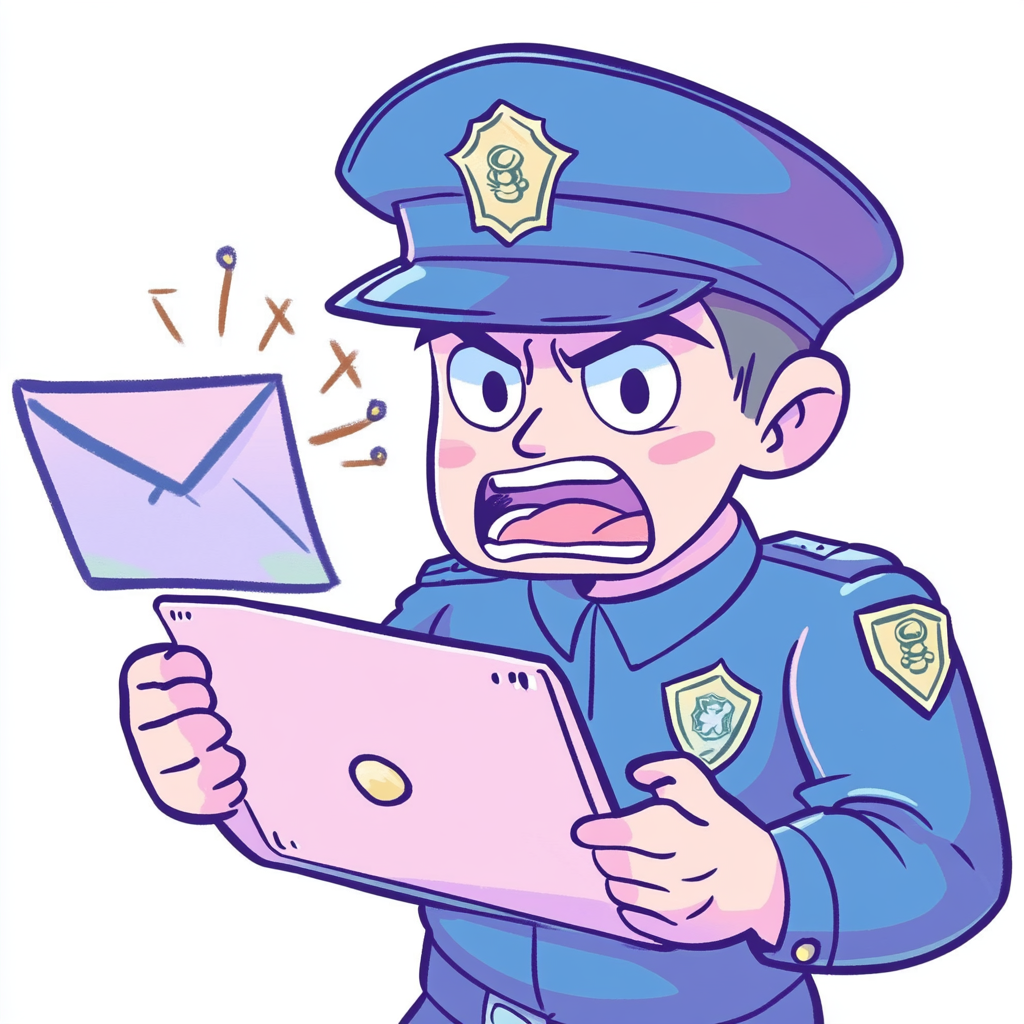In the world of email marketing, staying in touch with your customers and prospects through targeted, well-crafted messaging is crucial. But all the effort you put into creating those emails can be wasted if your messages don’t actually reach the inbox. This is where contact list hygiene comes into play.
Invalid or synthetic emails, bounces, honeypots, abandoned addresses, spam filters, and even just being ignored can all dramatically affect how your messages are treated by major ISPs like Gmail, Outlook, and others. Even the best contact lists have some of these issues, and failing to address them can lead to poor deliverability and damage your sender reputation.
In this article, we’ll explore the different types of bad records that can creep into your contact list and how to handle them effectively to maintain a clean, high-performing email list.

Why Contact List Hygiene Matters
Before diving into the specifics, let’s discuss why contact list hygiene is so important.
When you send emails to invalid or inactive addresses, it can lead to high bounce rates, which signals to ISPs that your emails may be spam. Over time, this can cause your messages to be sent straight to the spam folder or blocked entirely. Maintaining a clean contact list ensures that your emails are more likely to land in the inbox, keeping your email marketing efforts effective.
The Days of 2-Way Communication Are Here
With the rise of AI-driven customer communication platforms like TruAgents, we’re now in an era where two-way customer communication is not only possible but expected. However, this doesn’t mean we can ignore the fundamentals of email delivery. Maintaining a clean contact list is still essential to ensure that your AI agents can engage with customers effectively.
Types of Bad Records and How to Handle Them
1. Invalid / Synthetic Emails
These addresses never existed at all. They are often created by people (or bots) who want to hide their identity, either for privacy reasons or because they’re engaging in malicious activity.
How to Handle Invalid Emails:
- Prevention:
- Implement basic format validation for email fields in all forms to catch errors (e.g., missing “@” or domain).
- Require email confirmation at the point of capture, such as an activation link (though this may reduce capture rates, so test it).
- Use email validation services like ZeroBounce or MillionVerifier.
- Add CAPTCHA to your forms to screen out bots.
- Remediation:
- If you already have these emails in your list (they will bounce), scrub them from your contacts or add them to a suppression list. Many ESPs (Email Service Providers) offer this as a default setting for bounced emails.
2. Temporary Emails (Disposable Email Accounts)
These are email addresses issued by providers that have a short lifespan. After a few days or even minutes, emails sent to these addresses will bounce.
How to Handle Temporary Emails:
- Prevention:
- Blacklist known disposable email domains. You can find a maintained list here.
- Use third-party services like ZeroBounce or BounceBadger to scrub against disposable email domains.
- Remediation:
- Scan your contacts for records from identified DEA domains and scrub them or add them to a suppression list.
3. Abandoned Addresses / Inactive Customers
These are harder to detect because the emails are delivered successfully, but the recipients never respond. These addresses could belong to customers who have abandoned their accounts or simply lost interest.
How to Handle Abandoned Addresses:
- Prevention:
- Engage your customers early and often with two-way communication. Ensure that they can easily respond to your emails and that you’re responsive with relevant, specific answers to their questions.
- Remediation:
- Track key dates for each contact, such as registration date, last emailed date, last delivered date, and last opened date.
- If a customer has been inactive for six months, move them to a less active engagement schedule. If they remain unresponsive after another six months, consider adding them to a suppression list.
Maintaining a Good Reputation with ISPs
Ensuring that you regularly clean your contact list is key to maintaining a good reputation with ISPs. This, in turn, helps you maintain your ability to deliver messages to the inbox. Here are some best practices to follow:
Monitor your metrics: Keep an eye on bounce rates, open rates, and engagement levels to identify potential issues early.
Regularly scrub your list: Remove invalid, temporary, and abandoned addresses.
Engage with your audience: Encourage two-way communication to keep your list active and responsive.

How TruAgents Can Help
At TruAgents, we understand the importance of clean contact lists. Our cutting-edge platform uses AI agents to engage with customers in a two-way manner, ensuring that your emails are not only delivered but also responded to. We can help you set up AI agents that communicate with your customers in real-time, building relationships and ensuring that your email marketing efforts are as effective as possible.
If you’re ready to take your email marketing to the next level, schedule a demo with us today
Conclusion
The days of two-way customer communication are here, but that doesn’t mean we can ignore the fundamentals of email delivery. Maintaining a clean contact list is essential to ensure that your messages are delivered and engaged with. By following the best practices outlined in this article, you can improve your email deliverability and keep your marketing efforts on track.
Tags: #EmailMarketing #ContactListHygiene #EmailDeliverability #AICommunication #TruAgents #CustomerEngagement #MarketingBestPractices #InvalidEmails #DisposableEmails #InactiveCustomers
